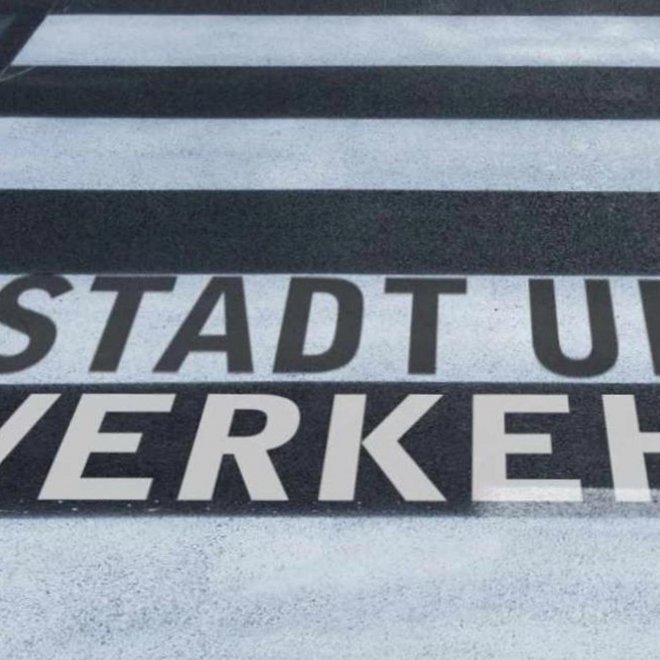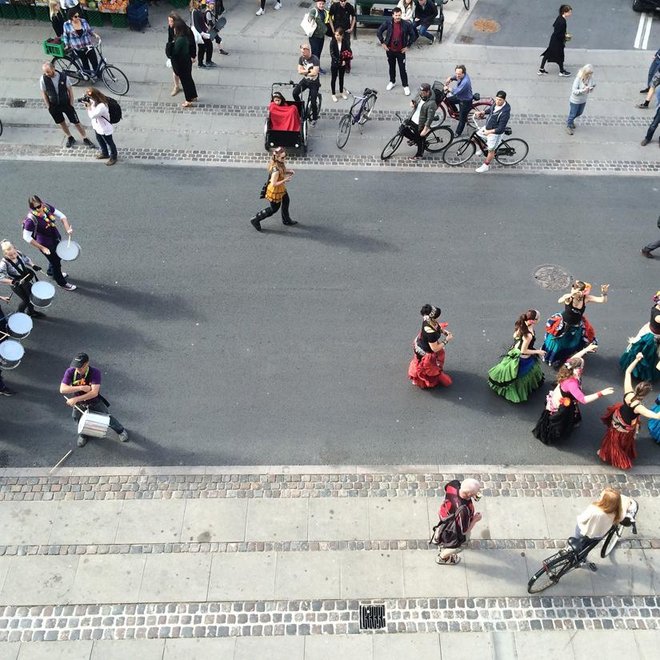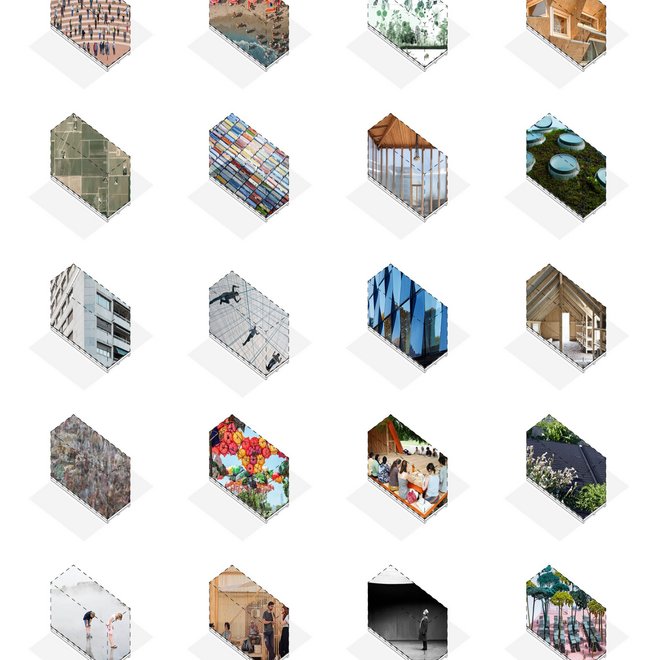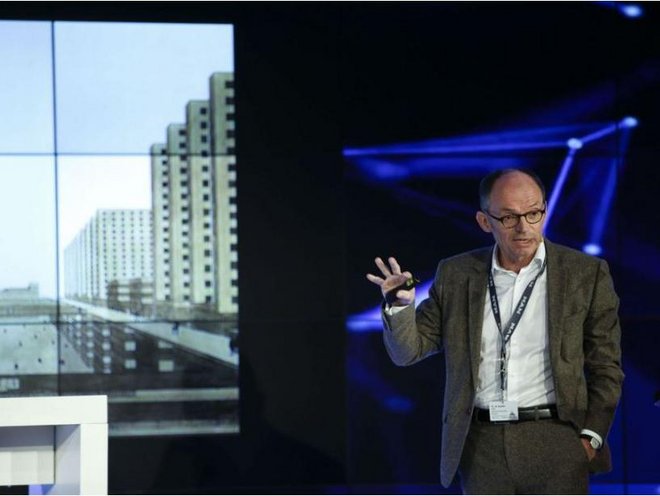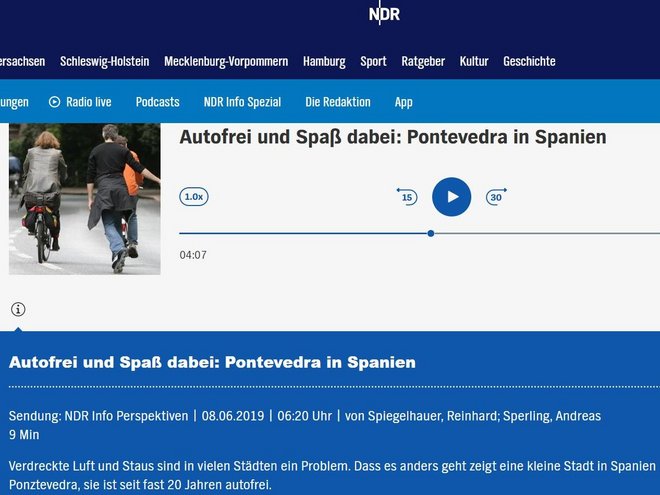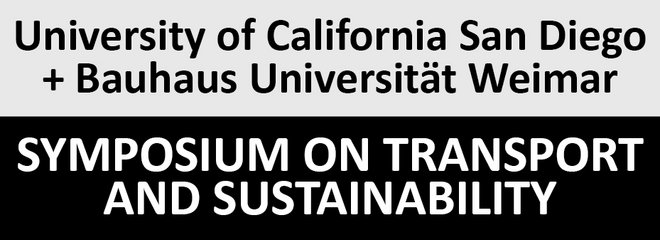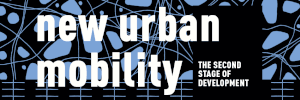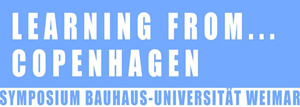After the car-friendly city
For many decades, the model of the car-friendly city was the unalterable consensus of modern urban planning. To this day, it still shapes the spaces and the image of the city. It is now becoming apparent that the old model is losing its validity and is being replaced by new concepts of urban mobility.
A paradigm shift is taking place that has become inevitable in regard to increasing CO² emissions and a globally advancing urbanization, and is resulting in a comprehensive urban redevelopment. Parking space is becoming urban space, traffic lanes are becoming boulevards, and balconies are being built instead of noise protection windows.
Mobility-driven urban redevelopment is a gain for the city: it creates space, space for the residents, who benefit from the reclaiming of public space.
In teaching and research, the Chair of Urban Design 1 deals with the question of how this change takes place, how the city and urban space are transformed by new models of urban mobility.
Our student design projects deal with the design of urban quarters for which new urban spaces, structures and typologies have to be designed under the conditions of a changed mobility.
Interview zum Thema: Autofreie Stadt Pontevedra
NDR-Inforadio, 8. Juni 2019
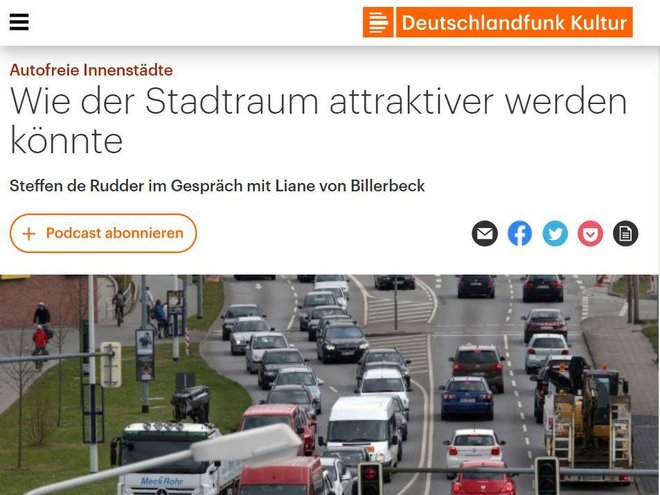
Wie der Stadtraum attraktiver werden könnte, Interview Deutschlandfunk, 2016

